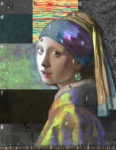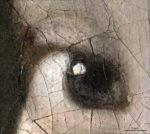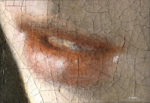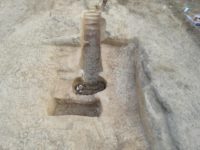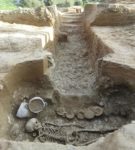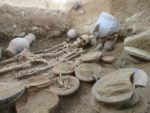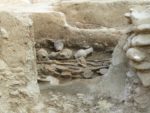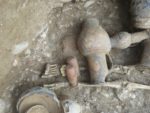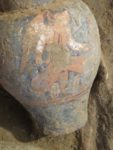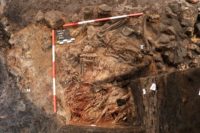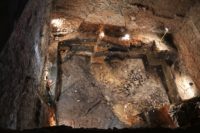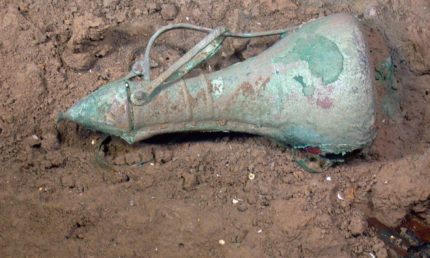This year is the Metropolitan Museum of Art’s 150th anniversary. To celebrate their sesquicentennial, the Met has been uploading movies from their vast archive of films about art going back to the 1920s.
The Met’s Office of Cinema Works opened in 1922 when the moving image captured on film was less than 30 years old. The medium was still considered the cultural inferior to its cousin the so-called legitimate theater. The Met was one of the first museums to embrace its great education potential. The Office of Cinema Works produced films that would be screened first for museum members and then to visitors. It filmed the museum’s excavations in Egypt and made documentaries about the museum, objects in its collection, artist profiles, explanations of different artistic techniques.
Because the Office’s mission was educational, from its earliest days in 1922 the films it produced were made available for rent to other museums, schools and societies. The Met soon did brisk business in film distribution as well as production. They also pioneered the use of safety film. To be able to send their films to more screens and make them as easy and safe to use as possible, in 1928 they moved from the industry standard 35mm nitrate film to 16mm non-flammable acetate that could be screened with portable projectors.
The Office of Cinema Works was active through 1935, and its descendants at the museum continue to produce films about art well into the 2000s. Most of the 1,500 treasures in its climate-controlled vault have been in permanent retirement, however. Starting in January of this anniversary year, From the Vaults has been releasing a film from the archive every Friday, beginning, as is only right and fair on the Internet, with a film about cats.
Earlier this month, From the Vaults released a self-referential gem: The Hidden Talisman, a 1928 historical romance/ghost story that was filmed at the original Cloisters. The faux medieval setting is very apt to the drama. The first Cloisters was only in use for 24 years, from its opening in 1914 until the Met Cloisters as we know and love it today moved to its current location in 1938, so this film is a rare glimpse into a long-gone classic.
Here’s another great early one from 1924 about the Met’s Armor Galleries.
View the rest of the treasures from the Met’s film vaults on the museum’s YouTube channel.
